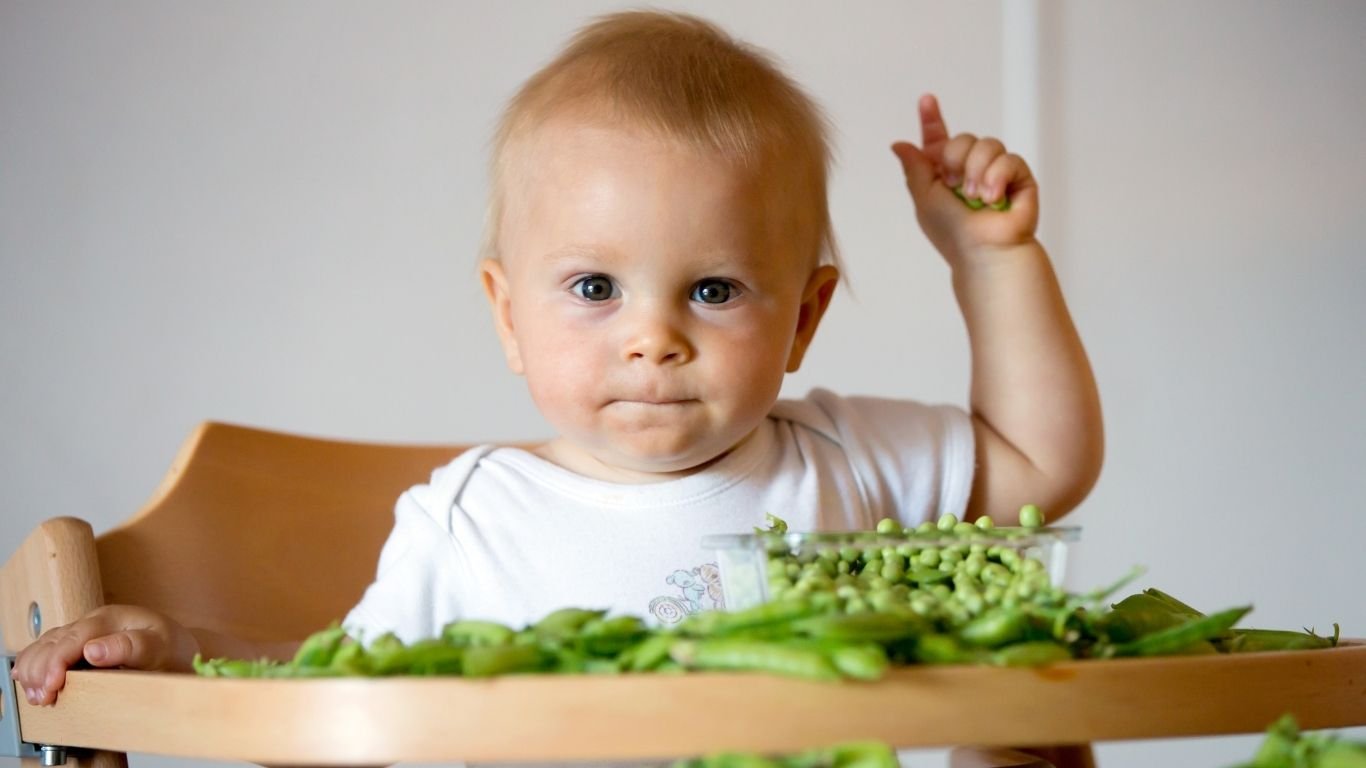It’s always exciting to learn something new with your baby, however, this process always comes with some ordeals, fears, and obstacles. This is especially true when we are talking about food. How can you introduce new foods to your baby without any risks and frustration? When should you do it? This guide will help you understand when and how it is best to start finger foods for your baby.
What are the signs of readiness for finger foods?
Before you start giving finger foods to your babies, you need to first make sure that your child is ready for that, and it doesn’t matter what their age is. Let’s take a look at the signs that your baby is ready for finger foods:
- Your baby’s palmar and pincer grasps are well developed.
- Your baby can sit with no or minimal assistance
- It is easy for your child to hold their head and control their trunk
- Your child is curious about food and shows general interest in it
All of these signs mean that it is time for you to start introducing other types of food to your child. But how to do it? Let’s take a look at some methods down below.
3 ways to introduce finger foods to your baby
There are three methods you can use to introduce your finger foods to your little one. There is no right or wrong way–all babies have different habits and all of them need an individual approach, so choose the method that you find the best for your child.
- Traditional weaning.
In this method, you start by giving your baby purees and slowly transition to a bit thicker food. After that, you can give babies purees with some pieces of food that your baby can chew. And the next step will be to introduce finger foods and leave room for self-feeding and exploration, so that the baby would try to learn what this type of food is and whether they like it or not on their own.
- Baby-led weaning.
In this method, you skip the puree phase and give your baby an opportunity to start learning what solid foods are on their own. If you choose this method, you’ll have to understand that your baby might not have fully developed the pincer grasp, so grabbing small items and pieces of food might be difficult for them. This is why you need to cut food into bigger pieces instead of small chunks. This way, it will be easier and less stressful for your baby to try to grab their food.
- Combination of both methods
This type of combo means that you’ll introduce both types of foods at the same time. Every time you cook or prepare food for your child, you need to have two options ready for them. In this method, it is important to not overdo it–let your child try 1-2 new foods at a time, and not more. Also, it’s best not to introduce new things every day–give your baby some time to get used to everything at first.
What else should you keep in mind?
The most important thing you should take care of when introducing any new foods to your baby is the baby’s safety. When feeding your newborn, you should always focus on your child to ensure that there is no allergic reaction and that your child didn’t choke or gag on any food. This is why it is crucial for a baby’s food to be soft and easy to digest. The best baby snacks and foods are the ones that are fun to eat and easy to chew. Good luck to you!
Also Read About: How to Care for Your Health in Washington DC
